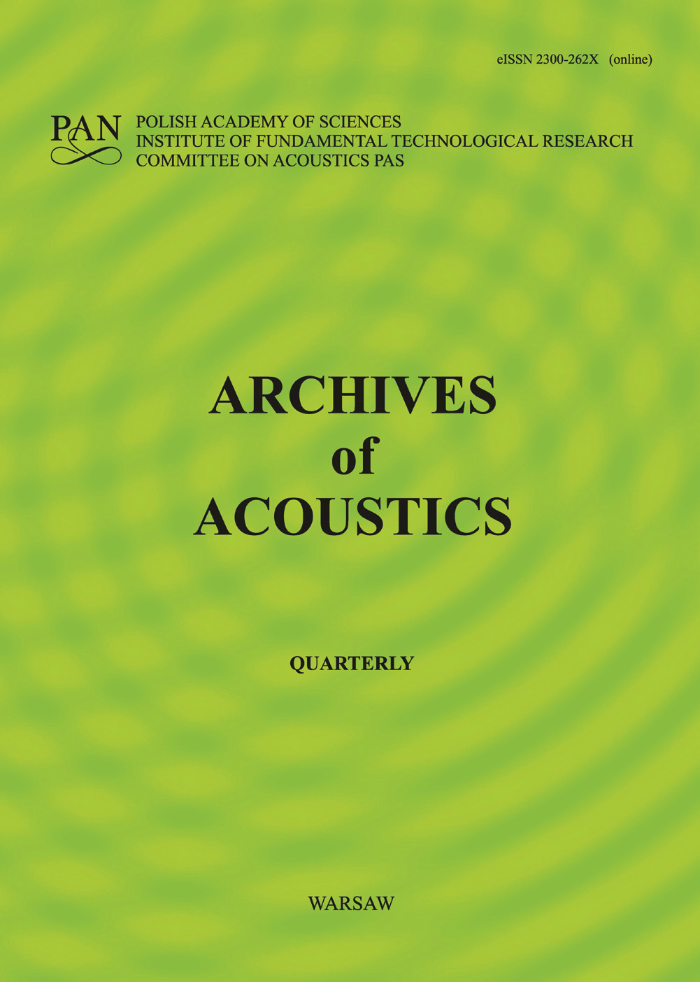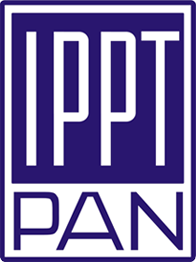Abstract
In recent years, single vector hydrophones have attracted widespread attention in target direction estimation due to their compact design and advantages in complex underwater acoustic environments. However, traditional direction of arrival (DOA) estimation algorithms often struggle to maintain high accuracy in nonstationary noise conditions. This study proposes the novel DOA estimation method based on a convolutional neural network (CNN) and the convolutional block attention module (CBAM). By inputting the covariance matrix of the received signal into the neural network and integrating the CBAM module, this method enhances the model’s sensitivity to critical features. The CBAM module leverages channel and spatial attention mechanisms to adaptively focus on essential information, effectively suppressing noise interference and improving directional accuracy. Specifically, CBAM improves the model’s focus on subtle directional cues in noisy environments, suppressing irrelevant interference while amplifying essential signal components, which is crucial for an accurate DOA estimation. Experimental results under various signal-to-noise ratio (SNR) conditions validate the method’s effectiveness, demonstrating superior noise resistance and estimation precision, providing a robust and efficient solution for underwater acoustic target localization.Keywords:
single vector hydrophone, direction of arrival (DOA), convolutional neural network (CNN), convolutional block attention module (CBAM), noise resistanceReferences
1. Chi J., Li X.,Wang H., Gao D., Gerstoft P. (2019), Sound source ranging using a feed-forward neural network trained with fitting-based early stopping, The Journal of the Acoustical Society of America, 146(3): EL258–EL264, https://doi.org/10.1121/1.5126115.
2. Choi J., Choo Y., Lee K. (2019), Acoustic classification of surface and underwater vessels in the ocean using supervised machine learning, Sensors, 19(16): 3492, https://doi.org/10.3390/s19163492.
3. Guo Y., Han J., Wang C. (2018), Multi-acoustic source localization algorithm based on fourth-order moments for single vector hydrophone [in Chinese], Journal of Sichuan University Natural Science Edition, 55: 733.
4. Liu B., Wang Z., Zhang J., Wu J., Qu G. (2024), DeepSIM: A novel deep learning method for graph similarity computation, Soft Computing, 28: 61–76, https://doi.org/10.1007/00500-023-09288-1.
5. Liu Y., Chen H., Wang B. (2021), DOA estimation based on CNN for underwater acoustic array, Applied Acoustics, 172: 107594, https://doi.org/10.1016/j.apacoust.2020.107594.
6. Liang G., Shi Z., Qiu L., Sun S., Lan T. (2021), Sparse Bayesian learning based direction-of-arrival estimation under spatially colored noise using acoustic hydrophone arrays, Journal of Marine Science and Engineering, 9(2): 127, https://doi.org/10.3390/jmse9020127.
7. Niu H., Ozanich E., Gerstoft P. (2017a), Ship localization in Santa Barbara Channel using machine learning classifiers, The Journal of the Acoustical Society of America, 142(5): EL455–EL460, https://doi.org/10.1121/1.5010064.
8. Niu H., Reeves E., Gerstoft P. (2017b), Source localization in an ocean waveguide using supervised machine learning, The Journal of the Acoustical Society of America, 142(3): 1176–1188, https://doi.org/10.1121/1.5000165.
9. Ozanich E., Gerstoft P., Niu H. (2020), A feedforward neural network for direction-of-arrival estimation, The Journal of the Acoustical Society of America, 147(3): 2035–2048, https://doi.org/10.1121/10.0000944.
10. Tichavsky P., Wong K.T., Zoltowski M.D. (2001), Near-field/far-field azimuth and elevation angle estimation using a single vector hydrophone, IEEE Transactions on Signal Processing, 49(11): 2498–2510, https://doi.org/10.1109/78.960397.
11. Varanasi V., Gupta H., Hegde R.M. (2020), A deep learning framework for robust DOA estimation using spherical harmonic decomposition, IEEE/ACM Transactions on Audio, Speech, and Language Processing, 28: 1248–1259, https://doi.org/10.1109/TASLP.2020.2984852.
12. Wajid M., Kumar A., Bahl R. (2020), Direction estimation and tracking of coherent sources using a single acoustic vector sensor, Archives of Acoustics, 45(2): 209–219, https://doi.org/10.24425/aoa.2020.132495.
13. Wajid M., Kumar A., Bahl R. (2022), Microphonebased acoustic vector sensor for direction finding with bias removal, Archives of Acoustics, 47(2): 151–167, https://doi.org/10.24425/aoa.2022.141646.
14. Woo S., Park J., Lee J.Y. (2018), CBAM: Convolutional block attention module, [in:] Computer Vision – ECCV 2018, Ferrari V., Hebert M., Sminchisescu C., Weiss Y. [Eds], Cham: Springer, pp. 3–19, https://doi.org/10.1007/978-3-030-01234-2. 1.
15. Xiao P., Liao B., Deligiannis N. (2020), DeepFPC: A deep unfolded network for sparse signal recovery from 1-Bit measurements with application to DOA estimation, Signal Processing, 176: 107699, https://doi.org/10.1016/j.sigpro.2020.107699.
16. Xu L., Chen L., Li Y., Jiang W. (2022), A block sparse-based dynamic compressed sensing channel estimator for underwater acoustic communication, Journal of Marine Science and Engineering, 10(4): 536, https://doi.org/10.3390/jmse10040536.
17. Xu L., Ma Y., Yang Z., Gao T. (2019), Tracking of underwater maneuvering target via M-SIMMUKF algorithm, [in:] Proceedings of the 6th International Conference on Information Science and Control Engineering (ICISCE), pp. 630–634, https://doi.org/10.1109/ICISCE48695.2019.00131.
18. Yao Y., Lei H., He W. (2020), A-CRNN-based method for coherent DOA estimation with unknown source number, Sensors, 20(8): 2296, https://doi.org/10.3390/s20082296.
2. Choi J., Choo Y., Lee K. (2019), Acoustic classification of surface and underwater vessels in the ocean using supervised machine learning, Sensors, 19(16): 3492, https://doi.org/10.3390/s19163492.
3. Guo Y., Han J., Wang C. (2018), Multi-acoustic source localization algorithm based on fourth-order moments for single vector hydrophone [in Chinese], Journal of Sichuan University Natural Science Edition, 55: 733.
4. Liu B., Wang Z., Zhang J., Wu J., Qu G. (2024), DeepSIM: A novel deep learning method for graph similarity computation, Soft Computing, 28: 61–76, https://doi.org/10.1007/00500-023-09288-1.
5. Liu Y., Chen H., Wang B. (2021), DOA estimation based on CNN for underwater acoustic array, Applied Acoustics, 172: 107594, https://doi.org/10.1016/j.apacoust.2020.107594.
6. Liang G., Shi Z., Qiu L., Sun S., Lan T. (2021), Sparse Bayesian learning based direction-of-arrival estimation under spatially colored noise using acoustic hydrophone arrays, Journal of Marine Science and Engineering, 9(2): 127, https://doi.org/10.3390/jmse9020127.
7. Niu H., Ozanich E., Gerstoft P. (2017a), Ship localization in Santa Barbara Channel using machine learning classifiers, The Journal of the Acoustical Society of America, 142(5): EL455–EL460, https://doi.org/10.1121/1.5010064.
8. Niu H., Reeves E., Gerstoft P. (2017b), Source localization in an ocean waveguide using supervised machine learning, The Journal of the Acoustical Society of America, 142(3): 1176–1188, https://doi.org/10.1121/1.5000165.
9. Ozanich E., Gerstoft P., Niu H. (2020), A feedforward neural network for direction-of-arrival estimation, The Journal of the Acoustical Society of America, 147(3): 2035–2048, https://doi.org/10.1121/10.0000944.
10. Tichavsky P., Wong K.T., Zoltowski M.D. (2001), Near-field/far-field azimuth and elevation angle estimation using a single vector hydrophone, IEEE Transactions on Signal Processing, 49(11): 2498–2510, https://doi.org/10.1109/78.960397.
11. Varanasi V., Gupta H., Hegde R.M. (2020), A deep learning framework for robust DOA estimation using spherical harmonic decomposition, IEEE/ACM Transactions on Audio, Speech, and Language Processing, 28: 1248–1259, https://doi.org/10.1109/TASLP.2020.2984852.
12. Wajid M., Kumar A., Bahl R. (2020), Direction estimation and tracking of coherent sources using a single acoustic vector sensor, Archives of Acoustics, 45(2): 209–219, https://doi.org/10.24425/aoa.2020.132495.
13. Wajid M., Kumar A., Bahl R. (2022), Microphonebased acoustic vector sensor for direction finding with bias removal, Archives of Acoustics, 47(2): 151–167, https://doi.org/10.24425/aoa.2022.141646.
14. Woo S., Park J., Lee J.Y. (2018), CBAM: Convolutional block attention module, [in:] Computer Vision – ECCV 2018, Ferrari V., Hebert M., Sminchisescu C., Weiss Y. [Eds], Cham: Springer, pp. 3–19, https://doi.org/10.1007/978-3-030-01234-2. 1.
15. Xiao P., Liao B., Deligiannis N. (2020), DeepFPC: A deep unfolded network for sparse signal recovery from 1-Bit measurements with application to DOA estimation, Signal Processing, 176: 107699, https://doi.org/10.1016/j.sigpro.2020.107699.
16. Xu L., Chen L., Li Y., Jiang W. (2022), A block sparse-based dynamic compressed sensing channel estimator for underwater acoustic communication, Journal of Marine Science and Engineering, 10(4): 536, https://doi.org/10.3390/jmse10040536.
17. Xu L., Ma Y., Yang Z., Gao T. (2019), Tracking of underwater maneuvering target via M-SIMMUKF algorithm, [in:] Proceedings of the 6th International Conference on Information Science and Control Engineering (ICISCE), pp. 630–634, https://doi.org/10.1109/ICISCE48695.2019.00131.
18. Yao Y., Lei H., He W. (2020), A-CRNN-based method for coherent DOA estimation with unknown source number, Sensors, 20(8): 2296, https://doi.org/10.3390/s20082296.







